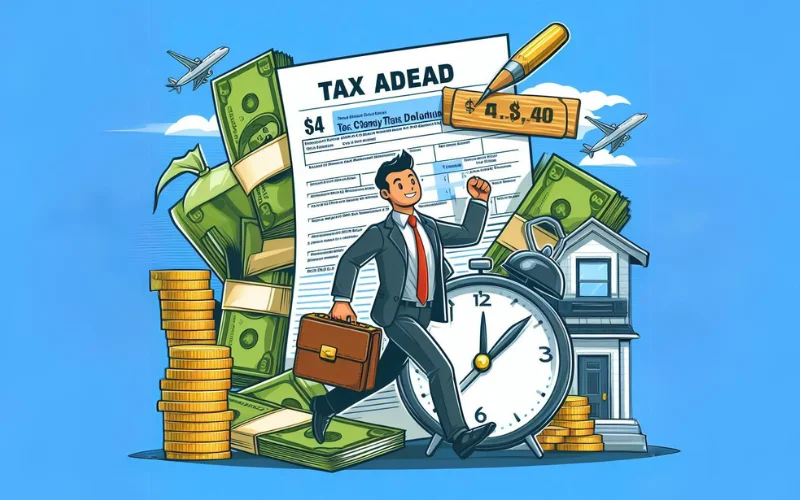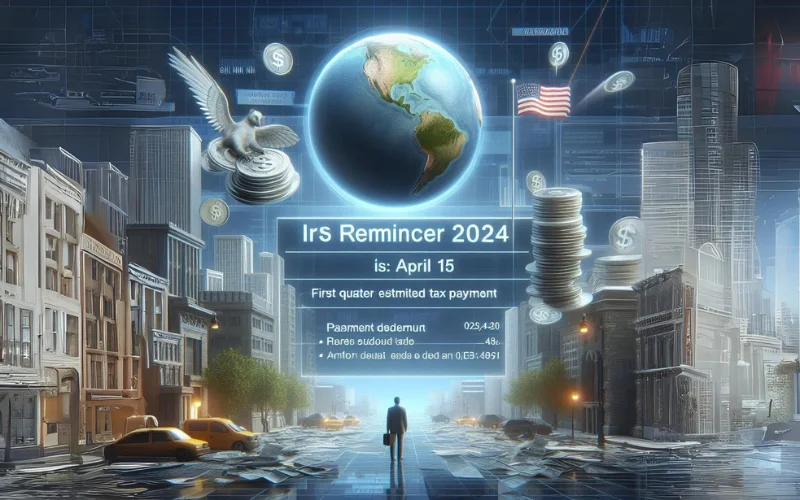The vast majority (82 percent) of Americans describe the American Dream as financial security for both themselves and their family. Three-quarters say it is owning a home, and 71 percent believe it is achieving financial independence.
Although being at the heart of the American Dream, one-third (33 percent) of Americans believe the American dream is disappearing. That’s according to the latest State of the American Family Study by Massachusetts Mutual Life Insurance Company (MassMutual).
The research study is based on a survey of more than 3,200 adults nationally representative of age, gender, race, ethnicity and education. The findings reveal that Americans are divided when it comes to their level of financial confidence and their ability to achieve the American Dream. With an average household income of $122,626, most are confident about short-term financial decisions, such as paying bills and budgeting (82 percent), and big-ticket purchases (74 percent). However, they are less confident in their long-term financial decisions, and more than half don’t believe (54 percent) they will achieve financial security for themselves and their family.
“Americans believe financial security is at the core of the American Dream, but it is alarming that so many think it is beyond their reach,” said Mike Fanning, head of MassMutual U.S. “It is clear that people are taking steps to help secure their financial future and dreams, and more can be done to help to keep the American Dream alive. Starting earlier appears to be part of the solution as ‘not starting early enough’ was the top financial regret across all consumer groups.”
In the red: Debt spurring Americans to act
The volume of debt in the U.S. is a cause for concern as the majority of Americans carry some type of debt, most commonly in the form of mortgages, credit cards, and student loans:
- 64% have a mortgage. Average mortgage debt is $188,795.
- 56% have credit card debt. Average credit card debt is $10,386.
- 26% have student loan debt. Average student loan debt is $39,903.
Not surprisingly, more reported having student loan debt compared to when this survey was last conducted 5 years ago (22 percent in 2018 vs. 11 percent in 2013). Some good news: although a proportion of those who have credit card has held pretty steady (53 percent vs. 55 percent), the average amount of credit card debt has nearly been cut in half ($10,386 in 2018 vs $20,802 in 2013).
More good news: To help solve their debt problems, 70 percent are taking steps to improve their situation by prioritizing paying down debt. Other financial priorities include saving as much as possible (66 percent) and developing a detailed financial plan (61 percent).
Despite taking action to prioritize their finances, more than a quarter wish they had better control of their finances.
Unprepared in case of emergency
The research found that if the worst did happen, many would not be financially prepared for it with at least six months of expenses saved in case of an emergency. Nearly one in ten (8 percent) have no emergency savings, and:
- 18% of Americans have less than 1 month of expenses saved if there was an emergency.
- 26% of Americans have 1-3 months of expenses saved if there was an emergency.
- 21% of Americans have 3-6 months of expenses saved if there was an emergency.
In other recent research and indicative of Americans’ community values, nearly seven in 10 Americans said community involvement is important to their overall well-being, and nearly half agreed that being involved in communities improves their finances. In fact, more than half (53 percent) reported that they have supported someone in their community in a time of financial stress, and a quarter have been supported by others in their community during a time of need.
Source: ISAAC M. O’BANNON





